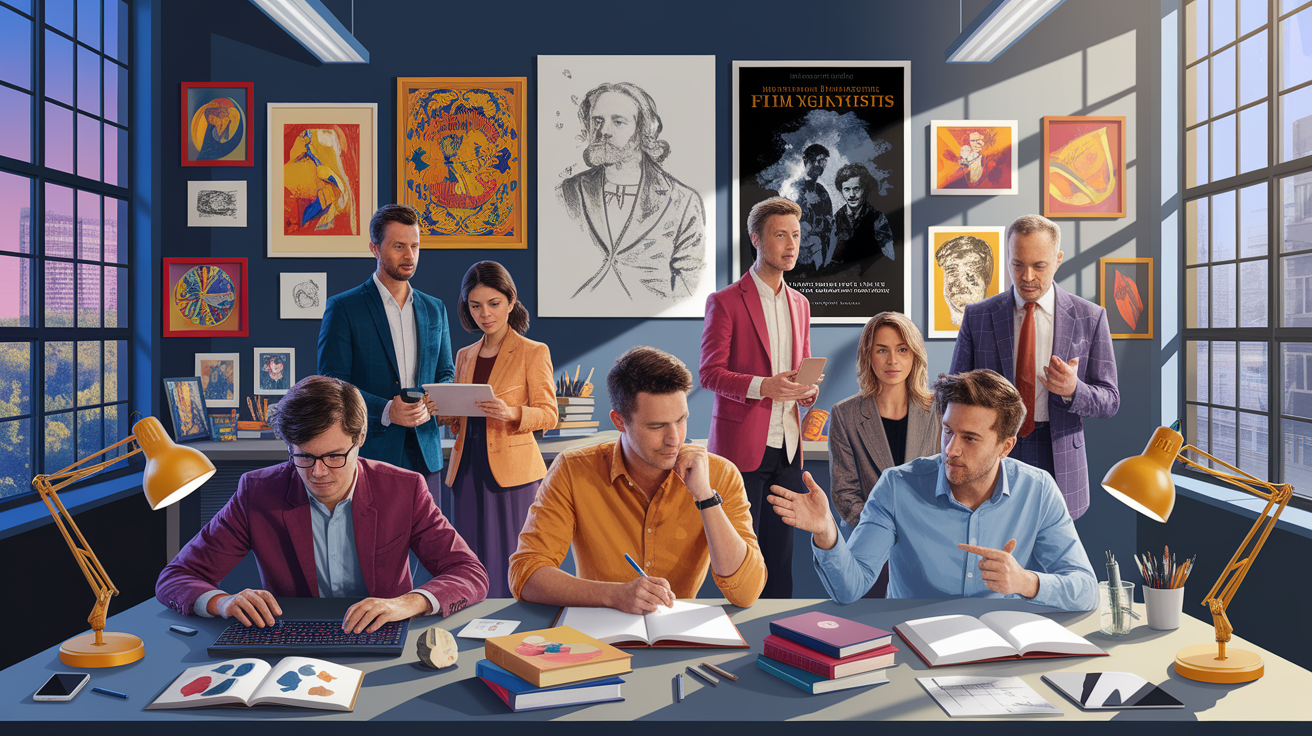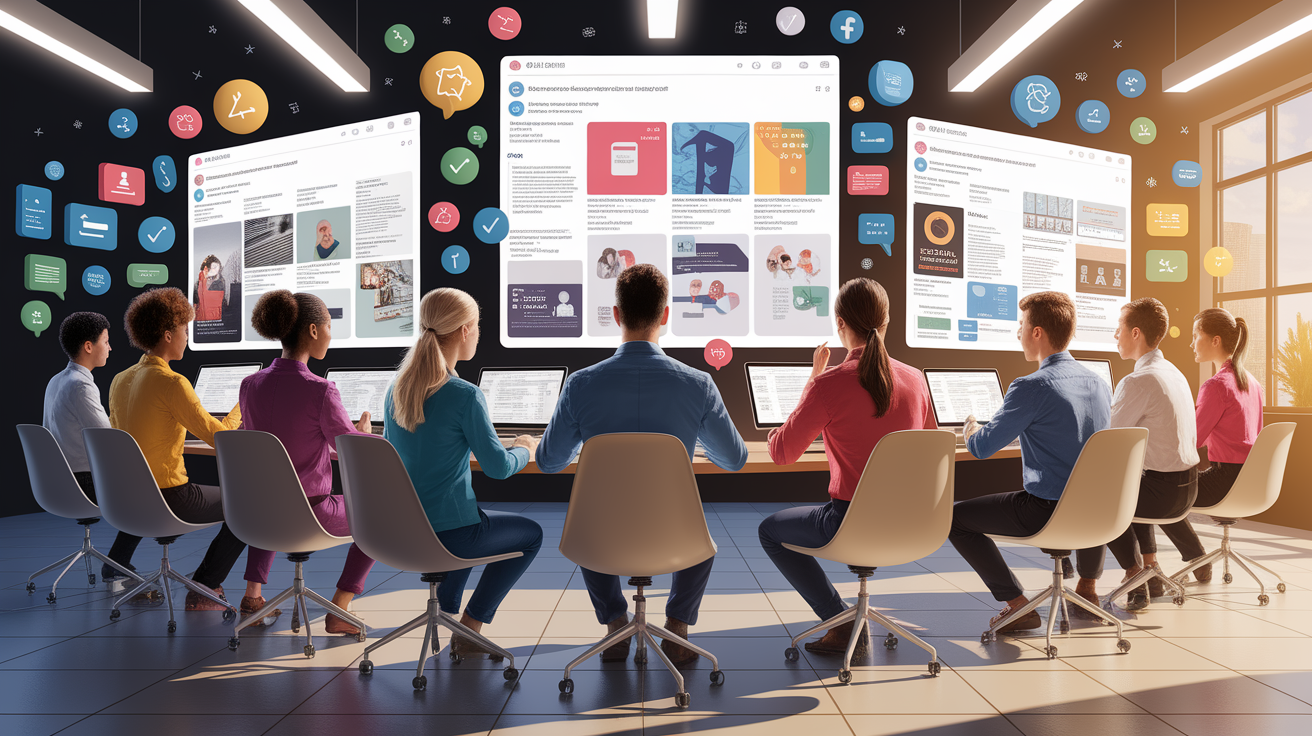Understanding Fair Use Principles
Fair use can feel a bit like standing at the bottom of a mountain without any climbing gear—complex, intimidating, and surrounded by legal slopes you’re not sure how to navigate. But with the right guidance, you can start charting a path upward confidently.
At its core, fair use is a legal doctrine within U.S. copyright law. It allows you to use limited portions of copyrighted material without permission, typically for purposes like teaching, research, criticism, commentary, or news reporting. Put more simply: it’s a protective exception, balancing the rights of copyright holders with the broader public interest in access, education, and creativity.

However, fair use is not a blanket permission slip. Courts determine eligibility on a case-by-case basis, examining multiple factors together. These include whether your use is transformative (meaning you’ve altered the material with new meaning or purpose), and whether the use affects the commercial market of the original work.
Think of the four factors of fair use as the compass points that keep you on the correct legal trail. We’ll explore those next as they are the foundation of fair use decision-making.
Identifying Eligible Content
So, what actually qualifies as fair use? Ask yourself this: does your project transform the original work, add new value, or serve an educational purpose? If the answer is yes, you might be on solid ground.

Under the four factors test, courts look closely at:
- Purpose and character: Is the work being used for nonprofit educational purposes or commentary—often more likely to be fair use?
- Nature of the work: Using factual content, like a scientific report, is generally more favorable than using creative works like novels.
- Amount and substantiality: Using small, non-central portions leans toward fair use, while using “the heart” of the work risks infringement.
- Market effect: If your use could replace the original and reduce its sales, fair use is less likely to apply.
Eligible content may include works in the public domain, material licensed under Creative Commons, or certain uses under educational exemptions. However—critical point—giving credit alone does not automatically make something fair use. Proper analysis is essential to avoid sliding unintentionally into copyright infringement.
Implementing Fair Use in Educational Settings
In classrooms, fair use often becomes the quiet hero. You can use excerpts from a book in a literature course or clips from documentaries for media analysis—without hunting down a licensing agreement—provided the use aligns directly with educational goals.

According to the Code of Best Practices in Fair Use for Educators, educators should aim for transformative applications, limit distribution to enrolled students, and avoid any commercial exploitation. For example, sharing a video clip to illustrate a teaching point is very different from uploading that clip publicly to a monetized YouTube channel.
Special caution applies to online teaching. The TEACH Act adds extra rules for digital instruction, such as restricting access and controlling copying of materials. If you’re creating an online course, think of these rules as the guardrails keeping you on the fair use highway.
- Verify the material is essential to your lesson objectives.
- Limit the portion used to what’s pedagogically necessary.
- Restrict student access through password-protected platforms.
- Review institutional policy before posting copyrighted content in digital form.
Best Practices for Content Creators
If you’re a YouTube creator, podcaster, or blogger, fair use can open doors—but misuse can just as quickly close them. A single copyright strike can impact monetization, public perception, and even legal standing.
Following CONFU guidelines and established fair use best practices helps protect you from avoidable risks:
- Use the smallest necessary portion of copyrighted works.
- Prioritize transformative use—e.g., adding commentary, parody, or analytical critique.
- Keep your audience and distribution scope in check—broader sharing increases scrutiny.
- Consider alternate legal options like Creative Commons licensing.
Think of best practices as your “safe harbor provisions” amid the waves of online copyright enforcement. They don’t make you immune from takedown notices, but they give you a solid defense when responding to one.
Benefits and Risk Mitigation
Understanding fair use isn’t just about avoiding lawsuits—it’s about unlocking creative and educational potential responsibly. Educators benefit by making lessons richer and more relatable. Creators can innovate using existing material in transformative ways without stepping on legal toes.
But risks remain. The explosion of digital content means the boundaries of fair use are constantly tested. Missteps can lead to fines, takedown notices under the DMCA, or costly legal challenges. According to various educator surveys, awareness of fair use principles can reduce copyright-related disputes in schools by up to 40%.
Mitigation strategies include:
- Regular training on fair use policy for staff and creators.
- Consulting institutional or legal resources like Navigating Copyright.
- Documenting your decision-making process using the four factors test as evidence of good faith.
- Seeking permission when feasible to supplement your fair use reliance.
In the end, fair use is not a loophole—it’s a carefully balanced principle. Treat it as a trustworthy guide on your journey through the challenging terrain of copyright law, and you’ll be far better prepared to climb without fear.







